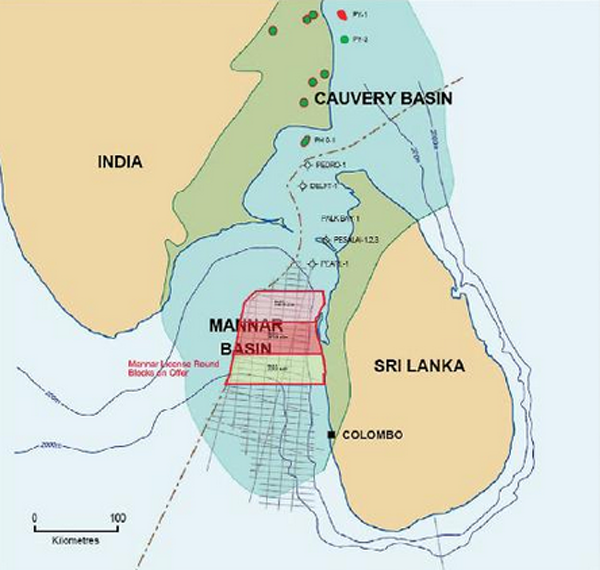20 Jan 2015 - {{hitsCtrl.values.hits}}
 The history of oil exploration in Sri Lanka dates back to 1966 and up to 1984 , Soviet and western companies concentrated on land and shallow off shore areas of the Gulf of Mannar which is the southern extension of the Cauvery basin of the Bay of Bengal .
The history of oil exploration in Sri Lanka dates back to 1966 and up to 1984 , Soviet and western companies concentrated on land and shallow off shore areas of the Gulf of Mannar which is the southern extension of the Cauvery basin of the Bay of Bengal .
25 Nov 2024 1 hours ago
25 Nov 2024 3 hours ago
25 Nov 2024 3 hours ago
25 Nov 2024 4 hours ago
25 Nov 2024 4 hours ago